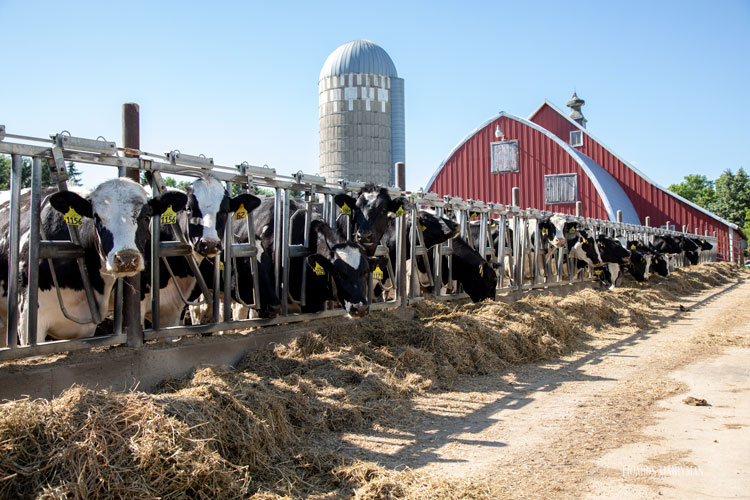
A sobering blow has been delivered to extreme claims about animal agriculture and the environment by the new Global Agricultural Productivity Report (GAP) presented at the World Food Prize this month. Researchers on the project again confirmed what many agriculturalists and farmers knew: If U.S. livestock production was eliminated, greenhouse gas (GHG) emissions would diminish by just 2.9 percent.
Clearly, this theoretical shift in production would not provide the environmental saving grace that vegan activists may claim it would.
Tools for efficiency
More resourceful agricultural productivity can certainly claim credit for such a low figure of environmental impact. With huge advances in genetic selection and reproductive efficiency, just to name a few strategies, animal agriculture has been becoming increasingly adept at making more out of less.
American producers have done their fair part, as the report also indicates that GHG emissions per unit of livestock are two to 10 times higher in Latin America, India, and China than in the U.S.
Lower productivities
The environmental analysis of the report is a relevant one in today’s climate-challenged world. The main focus of the annual study, though, is to identify how global agricultural productivity is meeting population needs. To reach the food, fiber, and energy needs of 10 billion people by 2050, the annual growth rate of worldwide agricultural production needs to be 1.73 percent. This year’s report found that the current growth rate falls just short of that, at 1.63 percent.
The less-than-ideal average is primarily driven by low-income countries that are growing agricultural production by only about 1 percent each year — a rate that must double to come close to feeding and clothing rapidly expanding populations.
If these productivity gaps continue, Ann Steensland, author of the 2019 GAP Report, said there will be serious environmental and poverty issues when straining more global land and water causes the price of nutrient-dense animal proteins to skyrocket.
Meeting the need
The question then becomes, how can we enhance productivity to meet global needs in a sustainable way?
The report answers its own issue clearly.
The number one key message cites that “By accelerating productivity growth, particularly in small- and medium-scale livestock production, we can achieve global nutrition and environmental goals, while still providing consumers with the animal-source foods they need and want.”
Continuous efficiency advancement will help livestock and crop farmers improve to reach global production needs. The GAP report provides six strategies that will help us use our resources better:
- Investing in public agricultural research and extension
- Embracing science and information-based technologies and practices
- Improving infrastructure and market access
- Cultivating partnerships for sustainable agriculture
- Expanding and improving regional and global trade
- Reducing postharvest loss and food waste
The full report is available at www.globalagriculturalproductivity.org.








